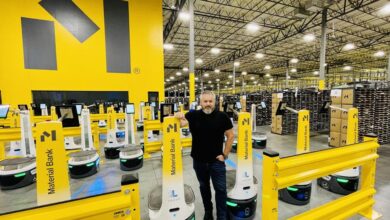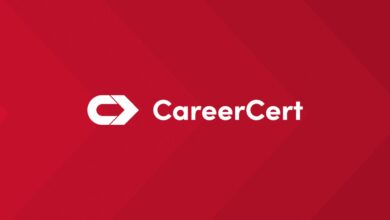How an Onboarding Platform Can Streamline Your HR Processes

Automated onboarding processes eliminate redundant paperwork by having new hires fill out forms online and e-sign them through a secure portal. This saves HR teams time collecting, printing, and handling physical paperwork and ensures all forms are received and filed correctly.
Having self-service portals that are easy for employees to navigate on their own gives them more control of the process and allows them to work through training at their own pace.
Automated Workflows
HR processes involve dealing with sensitive candidate and employee data and information, which must be captured and managed according to strict compliance standards. Automated workflows help ensure compliance by eliminating manual errors and discrepancies.
Managing the onboarding process manually is time-consuming for HR teams and new hires. It takes several steps to prepare and organize documents, set up equipment provisions, oversee tasks that employees must complete, file paperwork, inform new hires about their roles, and more. It’s a highly repetitive process that can be very prone to error when handled manually.
Automated onboarding platform tools can make the entire process much easier and smoother, resulting in greater efficiencies and a better experience for all stakeholders involved. The software can also clearly define duties and responsibilities for all stakeholders, thus reducing the scope of miscommunication. It can even send alerts and notifications for timely task delivery and approval. The system can also store all the documentation in a centralized online repository for easy access and retrieval.
Consolidation
In the world of business, consolidation is all about joining or combining smaller pieces to make them stronger or more beneficial. For HR, it can mean creating an automated system that handles employee onboarding in one place instead of multiple spreadsheets and emails.
This process frees up time for new hires and the entire HR department when streamlined. It also gives HR specialists more time to answer any questions from employees and help them improve onboarding.
A positive onboarding experience can make all the difference in how new employees feel about their company. Digitate found that new hires with a great onboarding experience are twice as likely to stay with their employer. That’s why investing in an onboarding process that is as streamlined as possible is important. An online onboarding platform can do just that. Automating tasks reduces the amount of back-and-forth communication and paperwork for both HR and employees, eliminating manual data entry.
Scalability
Scalability is important when selecting the right HR software for your business. It ensures that the system can handle growth without introducing new issues. This is especially important in areas such as pre-onboarding, where mistakes can occur when human error is involved.
For example, standardizing forms can help ensure clarity over which form to use. One standard form makes it easier for someone to jump in and continue the process if your point person is absent.
Another way to improve scalability is by providing frontline employees with a mobile platform to complete pre-onboarding tasks. This allows them to engage with their new employer offsite or away from their desk, creating a more personalized onboarding experience. It also helps reduce the need for HR teams to send out manual reminders and follow-ups. This can be a time-consuming and labor-intensive task.
Customization
The right onboarding platform allows HR to personalize the experience and engage new hires from day one. This means creating a personalized journey through online learning modules and virtual meetings and allowing them to choose their schedules.
This customization is crucial for frontline workers, such as hotel housekeepers and grocery clerks, who need access to desks or computers. Using apps like Coassemble, companies can provide these non-desk employees with a self-service portal so they can submit important documents and upload information from their phones.
Ultimately, HR automation helps reduce the number of manual tasks needed during onboarding. This frees up the time for HR teams to focus on building connections and supporting employees in transitioning to the new role. In addition, it streamlines compliance tasks such as verifying employment eligibility, running background checks, and completing tax paperwork. This can all be done digitally through secure portals or electronic signatures.



